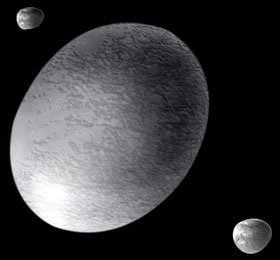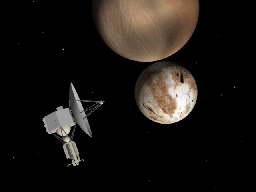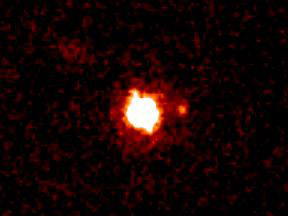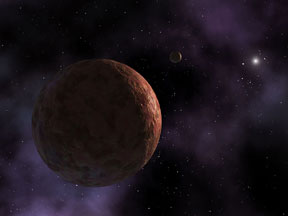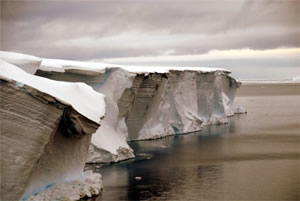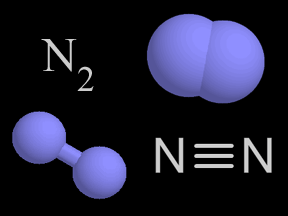Click on image for full size
Images courtesy of NASA, ESA, and A. Feild (STScI).
The Poles of the Dwarf Planets
As of June 2009 there are officially five dwarf planets: Pluto, Ceres, Eris, Haumea and Makemake. At least four of them are icy objects reminiscent of the cold polar regions on Earth. Although our knowledge of most of these bodies is limited, we have discovered a few interesting tidbits about the poles of some of the dwarf planets.
Pluto, Eris, Haumea and Makemake are all trans-Neptunian objects (TNO) which orbit on the frozen fringes of our solar system far from the warmth of the Sun. Pluto, Haumea and Makemake all lie within a region called the Kuiper Belt. Eris ventures even further out; it is currently about 3 times as far away from the Sun as Pluto! Unlike the rocky planets of the inner solar system (Mercury, Venus, Earth and Mars), these dwarfs from the distant fringes have interiors mostly composed of ice. Not surprisingly, their surfaces are icy as well. At the low temperatures found in the Kuiper Belt (around -370° F or -220° C), it isn't just water that freezes solid.
The surface of Pluto is primarily coated with frozen nitrogen as well as lesser amounts of methane, carbon monoxide, and possibly ethane ices. During part of the long plutonian year some of these ices are warmed enough that they sublimate into gaseous form, providing Pluto with a temporary atmosphere. Pluto may have a polar ice cap of nitrogen ice at its South Pole. The surface of Makemake is coated with methane, ethane, and possibly nitrogen ices; it has much less nitrogen ice than Pluto or Neptune's moon Triton. Astronomers have also detected methane ice on the surface of Eris. Strangely, Haumea appears to be covered with the more familiar water ice, which makes its surface as bright as snow.
Ceres, the other dwarf planet, orbits much closer to the Sun in the main asteroid belt between Mars and Jupiter. The surface of Ceres is rocky, like the surfaces of most asteroids. However, scientists think that Ceres may have an icy mantle that accounts for about a quarter of its mass and is located beneath its rocky surface and above its rocky core. Some of this ice may occasionally convert to gaseous form and "leak out" to the surface of Ceres. Scientists may have observed such outgassing of water vapor near the North Pole and have seen possible signs of frost on the asteroid's surface.
What of the poles of the dwarf planets? Lacking decent images of Makemake, Haumea and Eris, we simply don't know the orientations of their spin axes (and hence whether their poles are tilted like those of Uranus or are upright like those of Mercury). Pluto and Ceres represent the extremes of dwarf planet "tilted-ness". Pluto spins on its side; its axis is tilted about 120°. Pluto's poles take turns basking in feeble summer sunlight for more than a century, then "shivering" in perpetual darkness throughout a very long winter. Ceres is virtually upright, with a tilt of just 3°. With such an upright "posture", Ceres has essentially no seasons.
Although we cannot observe its tilt, we do know that Haumea spins rapidly around on its axis. A "day" on Haumea lasts just 4 hours; that's the fastest rotation rate of any object larger than 100 km across in our solar system. This rapid spinning has stretched Haumea into an oval shape. Although it is as much as 2,000 km in diameter at the equator, the spinning has squashed its polar diameter down to half that size at roughly 1,000 km. Haumea's odd water-ice surface, fast rotation rate, and oblong shape may all be clues that this dwarf planet was involved in a major collision millions of years ago.


